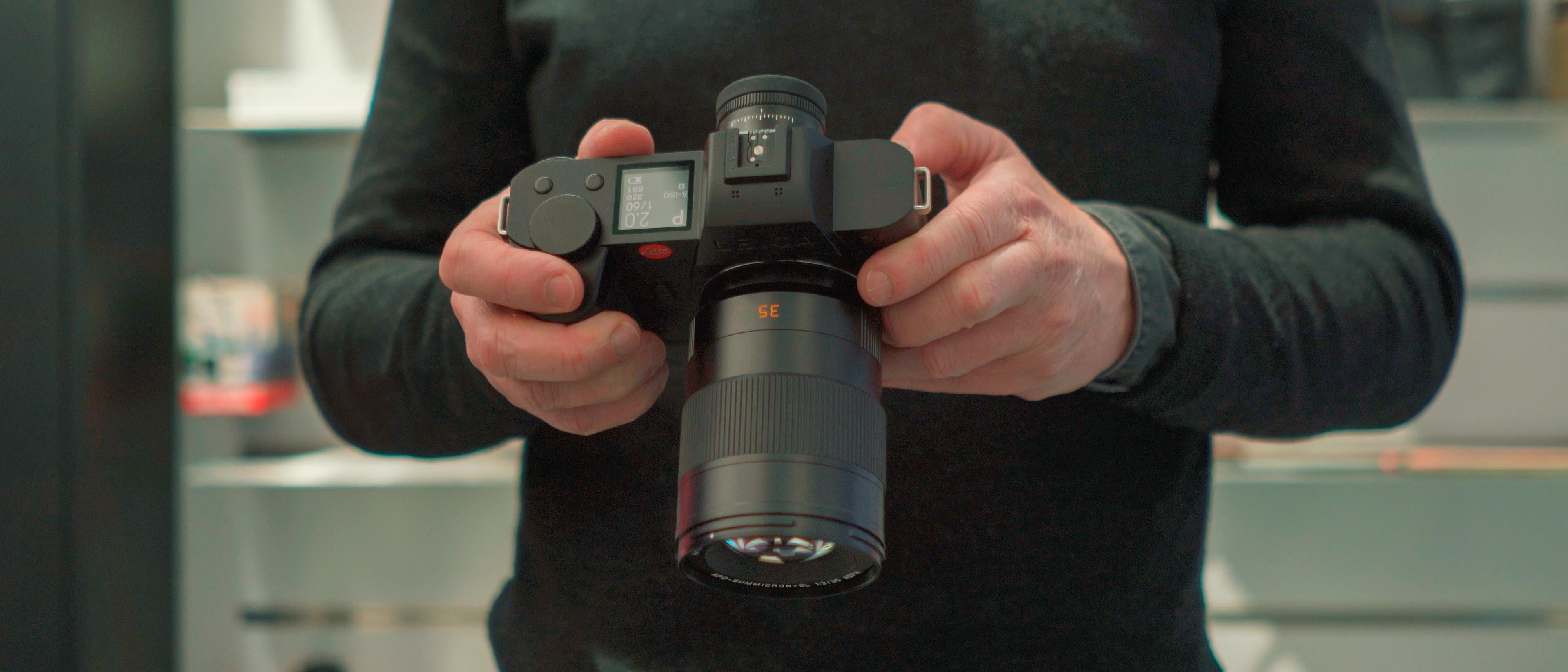Digital Camera World Verdict
The SL2-S looks like a great option for those that are already using the L mount. The price looks steep by regular standards, but it's much lower than the higher-resolution Leica SL2. What's really good about this camera is that even with such a drastic difference in price, the compromises are minimal and the drop in resolution is the only major downside. This could be a great entry point for those considering and SL camera system. It could even serve as a brilliant second body for those that already own the SL2. However, for the rest of us, options from Panasonic may offer greater value for money.
Pros
- +
The least expensive SL camera
- +
Excellent Leica build quality
- +
Fewer megapixels can be a benefit
Cons
- -
More expensive than alternatives
- -
Contrast detect AF isn't great
- -
It's a large and heavy camera
Why you can trust Digital Camera World
The Leica SL2-S, like any new camera from Leica, might be expected to have two things; exceptional build quality and an eye watering price point. This time, we almost have both because although the Leica SL2-S is more expensive than Panasonic alternatives like the Lumix S1, it's considerably less expensive than the original SL2.
The only sacrifice is the resolution which has almost been halved from 47.3MP to 24MP in the new camera. For some, this lower resolution may prove to be a benefit because larger files can be quite cumbersome. Storage space can be quickly eaten away when you’re shooting high megapixel files.
Read More: The best Leica cameras in 2021
Having said that, The SL2-S does have the option to shoot 96MP files via the multi-shot feature. This feature uses the sensor shift feature built into the camera to create the higher resolution file.
The key benefits of this camera are the ability to shoot for longer in burst modes due to the lower resolution and the fact that it has a backside illuminated sensor. What this means is that the SL2-S should be better in performance at higher ISO settings. At this stage, we haven't tested the cameras extensively to draw any conclusions but should have more in the upcoming full review.
Leica is pitching the SL2-S as a more video-focused alternative to the Leica SL2, and these cameras look as if they have a similar relationship as the Panasonic Lumix S1 and Lumix S1R. Panasonic and Leica are long-standing technology partners, so it's no surprise to see parallels between these two sets of cameras.
Specifications
Sensor: 24MP full-frame CMOS 36 x 24mm
Image processor: Leica Maestro series (Maestro III)
AF points: 225 Contrast detect
ISO range: 100-100,000 (expandable to 50-100,000)
Stabilization: 5-axis, up to 5.5 stops
Max image size: 6,000 x 4,000px (96MP with multi-shot mode)
Video: 4K DCI or UHD at 60p, 50p, 30p, 25p, 24p / 1080p (FullHD) at 60p, 50p, 30p, 25p, 24p
Viewfinder: 5,760k dots, 100% coverage, 0.78x magnification, 120fps refresh rate
Memory card: UHS-II (recommended), UHS-I, SD/SDHC/SDXC memory card
LCD: 3.2“ (backlight LED) with anti-fingerprint and anti-scratch coating, 2,100,000 pixels (dots), format 3:2, touch control available
Max burst: 9fps mechanical shutter (without continuous AF), 25fps electronic shutter
Connectivity: Wi-Fi 5Ghz and 2.4GHz, Bluetooth 4.2,
Size: 146 x 107 x 83 mm
Weight: 850g (without battery), approx. 931g (with battery)
Key features
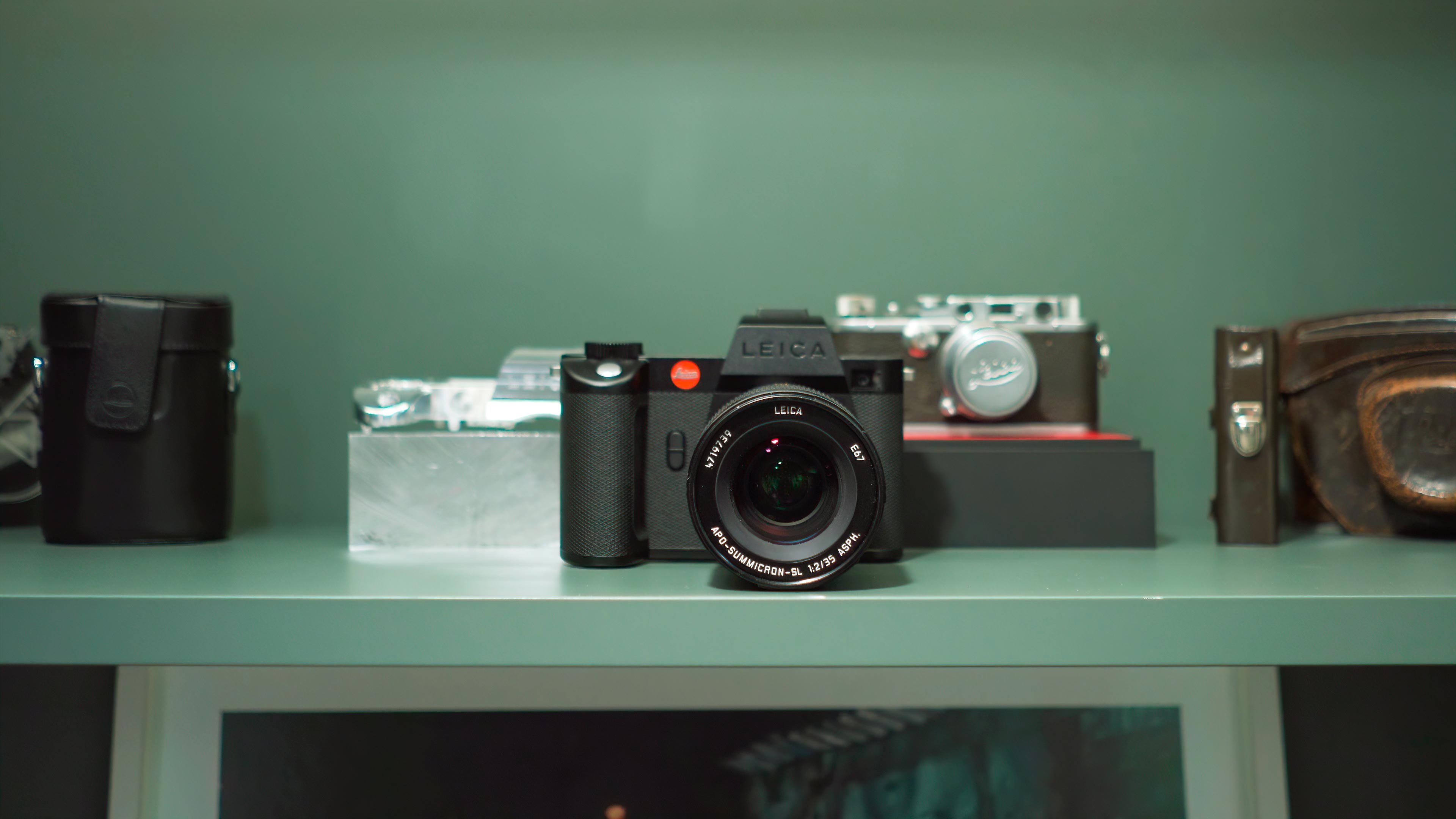
The Leica SL2-S boasts a number of features that even outperform the more expensive original SL2 camera. For instance, the S model contains a 24MP back-illuminated sensor, which should allow for much better high ISO performance. Leica confirms the the SL2-S should be at least a stop better in low light scenarios.
This has also meant that Leica was able to increase the ISO sensitivity all the way to ISO 100,000, which is practically night vision.
The speed of this camera has also been increased, but somewhat indirectly. The SL2-S shoots a slightly reduced 9 frames a second with the mechanical shutter (compared to the SL2), but due to the lower resolution and the 4GB internal buffer, it can shoot for much longer before the buffer is filled.
With the electronic shutter however, the SL2-S shoots up to 25 frames per second which is faster than the SL2.
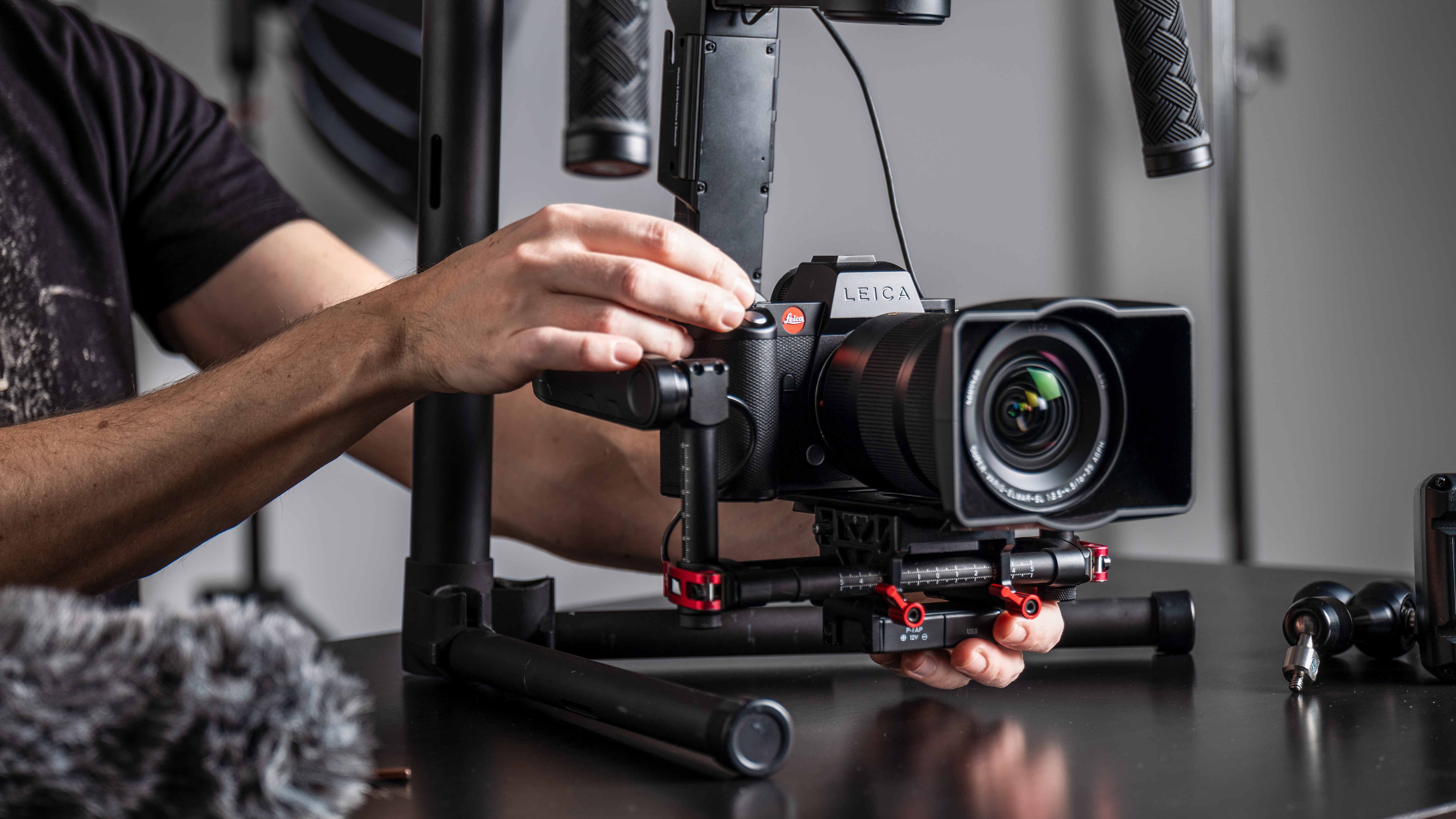
Video is another area that Leica has focused its discussions with this camera. The SL2-S can shoot until your cards fill up without the potential for overheating. This is of course in normal working conditions as results may vary in different environments.
The camera is due to receive a firmware update early next year which will allow for 10-bit 4k at 60p internally and with the more efficient h.265 compression.
In fact, Leica is pitching the SL2-S as a more video focused camera, and it's not the first time we've seen a lower resolution variant being a little more effective (and cheaper) for video capture.
Finally, the SL2-S also contains in-body image stabilisation. This is rated at 5.5 stops which is a respectable amount of stabilisation. In the short time we've had to test the camera so far, the IBIS has performed quite admirably. This is both for Video and stills.
Build and handling



The SL2-S is identical to the SL2 in so many ways that the build and handling are pretty much the same. If you shoot with the SL2 then you'll be happy to know that the ergonomics and design are identical in the less expensive model.
The build quality is virtually identical too, which is great because Leica has continued with the high quality construction it's renowned for.
When it comes to the size and weight, there is a slight difference in the specifications, although when holding both cameras in the hand it's essentially imperceptible. The SL2-S remains a relatively large and heavy mirrorless camera, albeit with great ergonomics.
All the dials and buttons on the camera have a fantastic feel to them and add to the overall premium experience. The shutter button for example has a very satisfying 'click' sound when you press down on it.
There's also a logical placement for all the buttons and dials, although there are a couple that feel just a little out of reach. The joystick can require a bit of a stretch for smaller hands and the top two buttons can feel awkward to press. Overall, button placement is good but could be better.
The separate interface for video and stills is great, and both are easily accessible from the touch screen. This allows for a dedicated menu system and options for each operating mode. Essentially, you can switch back and forth between both modes and not have your settings change.
One of the best features of this camera is the fact that it's weatherproofed to IP54 rating. This means that the Leica SL2-S will remain perfectly fine even when shooting outside in the rain. This is something that we tested for several hours and aside from the discomfort of being in the rain, the camera demonstrated no difference in performance.
Also, the screen and viewfinder in this camera are fantastic. The Leica SL series of cameras have continued to use some of the best materials available and the screen and viewfinder are excellent. Looking through the large viewfinder gives you a huge view of the world and the high resolution screen adds to the overall experience.

There were a few problems we experienced with the camera. On occasions, the lens would lock down the aperture to its smallest point of f/22, however it would continue to assert that it was set at f/2.0. This would generally happen without warning and in between shots, you’d find some images are either extremely underexposed or have the ISO pushed far too high to compensate for the smaller aperture. This was only fixed by restarting the camera and/or removing and reattaching the lens.
The other problem we experienced was that even when shooting in photo mode in the camera, there were several occasions when pressing the shutter button would start recording video. This too could only be fixed with a restart.
These faults could simply be put down to the fact that we had a pre-production model and that it simply didn’t have the final firmware installed. None of these problems were experienced in the original SL2, therefore it may be safe to assume that this is not typical for the SL2-S.
Performance
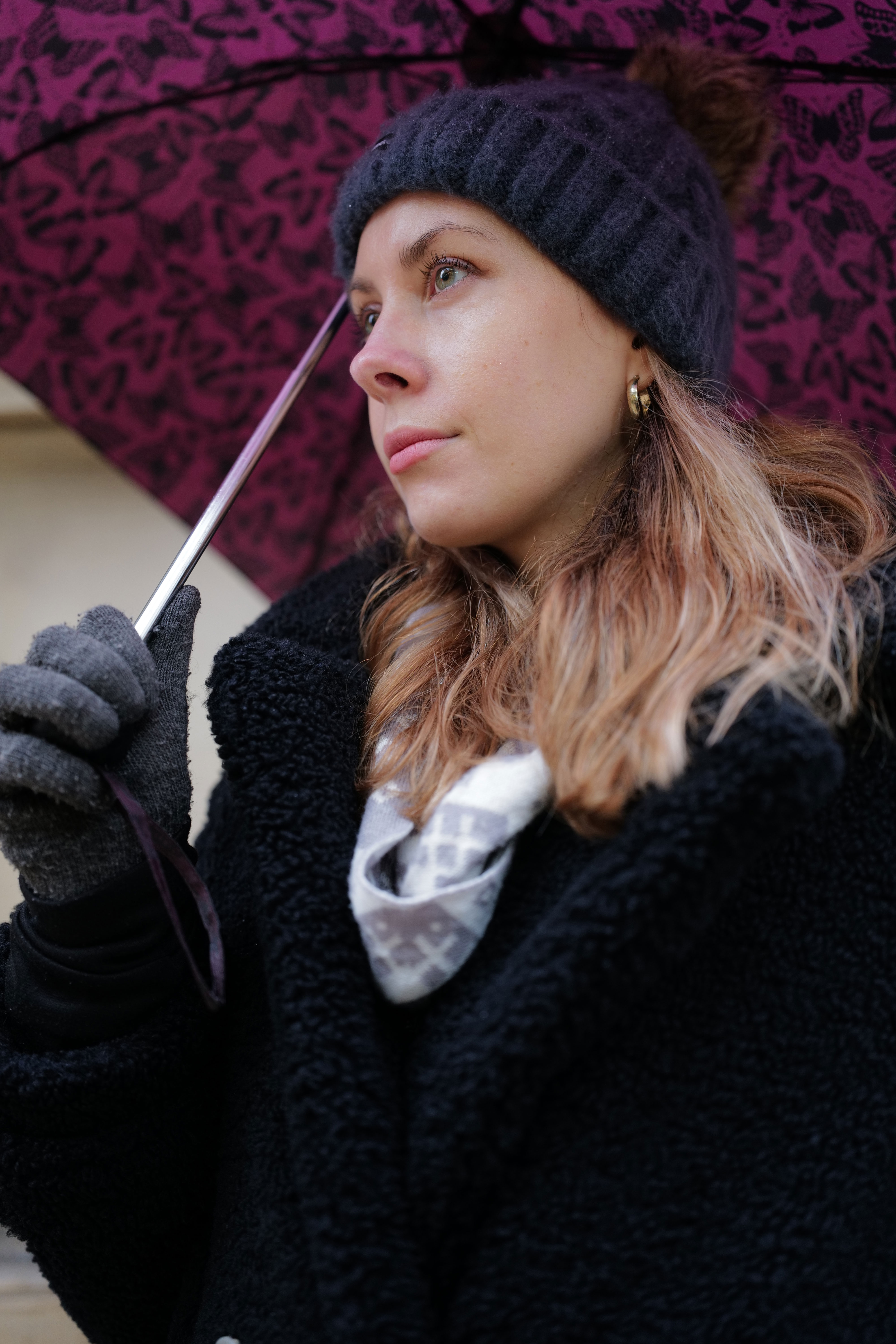
When it comes to performance, this camera is somewhat of a mixed bag. On one hand you have incredible lenses available to you via the L mount. These include Sigma Art lenses, Panasonic Lumix lenses and if your budget allows it, Leica SL lenses. I’ve yet to use a lens for this mount that has disappointed me because so far almost every one of them have been excellent. The image quality both in terms of detail capturing ability and how the optics render the scene is extremely pleasing.
The problem is that the camera system is predominantly limited by its autofocus system. Most of the mirrorless camera manufacturers have started implementing smarter and more effective phase detect autofocus, which has been shown to be far more reliable and effective. The autofocus system in the Leica SL2-S is just OK at the best of times and frustrating more often than not.
This is not to say that the autofocus system is poor and cannot be used, it’s simply that relative to many other options on the market, the Leica is less capable.

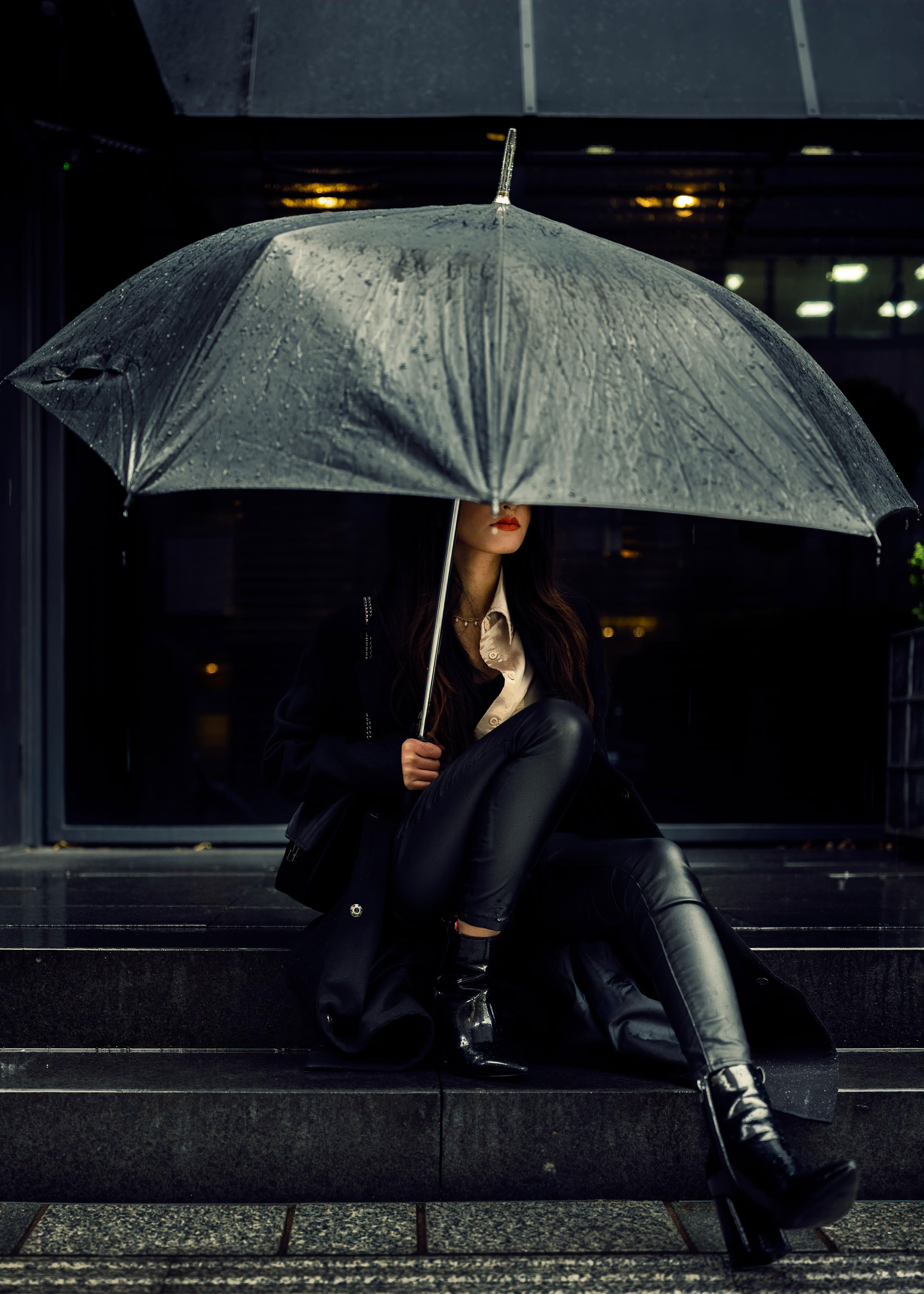
For video, the autofocus is quite possibly the best when it comes to cameras with contrast detect AF. With the use of Intelligent Autofocus (iAF), the camera can find the subject and track them quite well. However, once again, when you start comparing it to other current cameras with phase detect AF, the Leica SL2-S is not up to par.
Having said that, the image quality from this camera is excellent. Despite the lower resolution sensor, the lenses capture a great deal of detail, which is likely to be more than enough for most. Even when shooting wide open on the APO-Summicron-SL 35mm f/2 ASPH, details are captured beautiful and colours look stunning. There’s something wonderful about the way the lenses from Leica capture the scene.
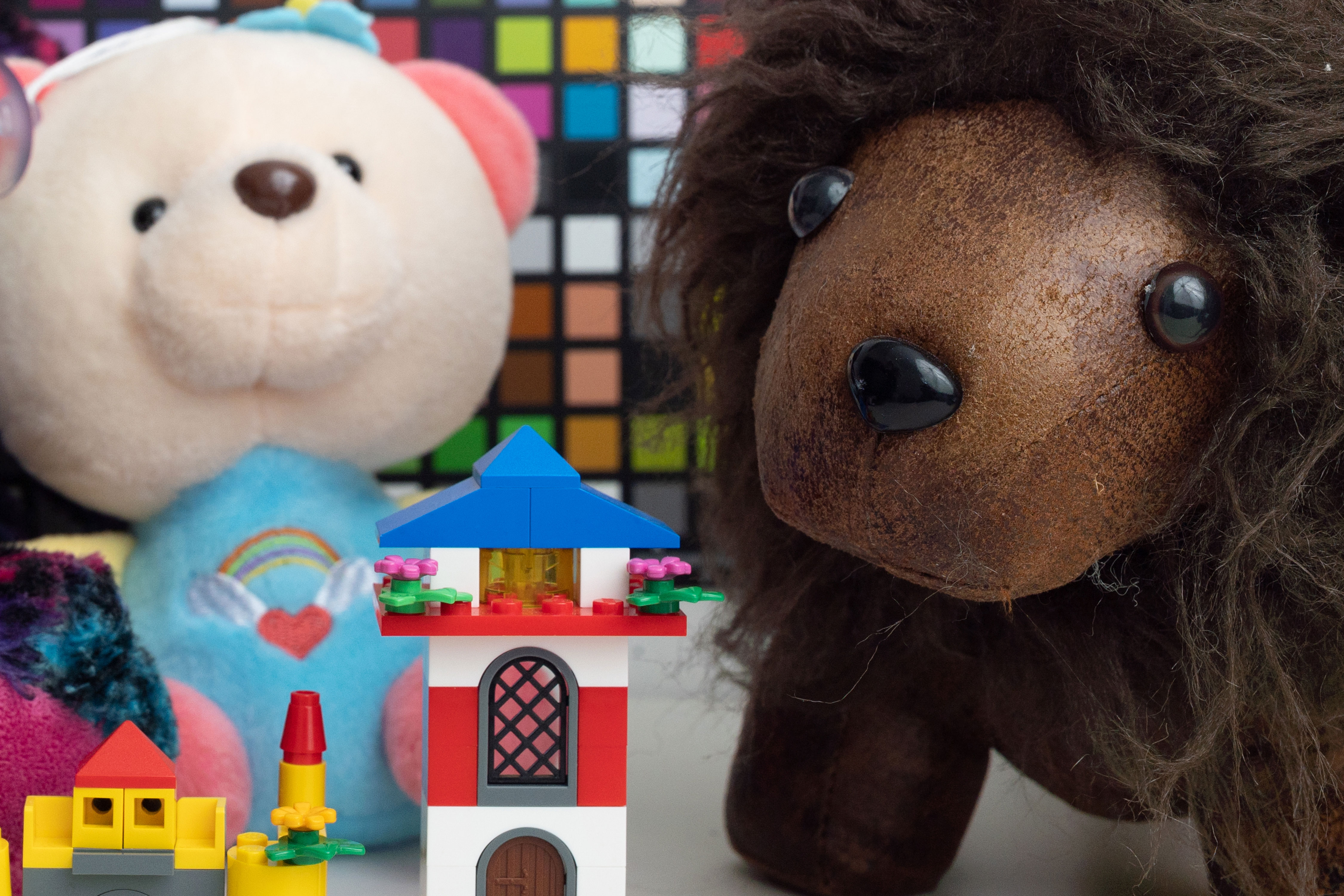
Low light performance on the SL2-S is commendable. Images shot at high ISO are very usable and a little noise reduction seems to fix most issues. Well exposed images shot at ISO 6400 are very usable. If shadow recovery is required, then this may introduce more noise than is manageable by most noise reducing softwares.
Dynamic range on this camera is fantastic. Even after five stops of light recovery in post, there is hardly any visible noise.
Overall, the SL2-S offers brilliant image quality due to the wide dynamic range, brilliant low light performance and some of the best lenses on the market. The only downside is the autofocus, although in most circumstances it should still serve photographers well.
Leica SL2-S: Verdict
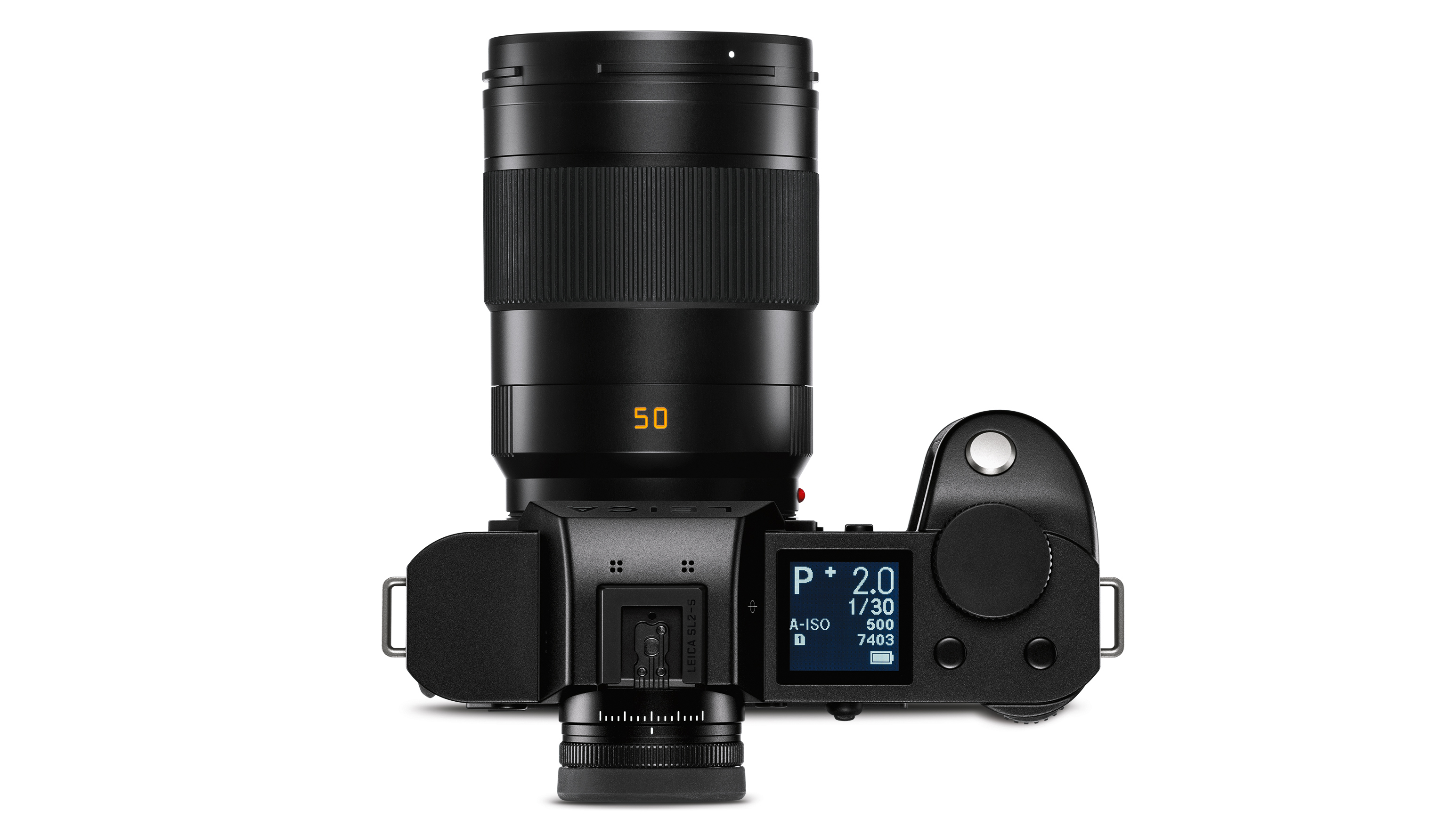
It’s easy to compare the Leica SL2-S to the Panasonic Lumix S1, or perhaps the Lumix S5. Leica's technology partnership with Panasonic is long standing and well known. But although the internal technologies may have a lot in common, what’s unique about the Leica SL2-S is the attention to detail, build quality and design. Not to mention the way Leica cameras render scenes due to the Maestro processors.
The build quality in SL cameras is second to none for some, which is all part of the appeal. Leica is known for producing cameras using high quality materials and this generally sets them apart from the rest of the market.
What’s great is the fact that although the camera retains the exceptional build and design of the existing SL2 camera, the price point is dramatically lower. The only “sacrifice” is the lower resolution sensor and to be fair, for a lot of photographers that’s probably an advantage. It's similar to choosing between the Panasonic Lumix S1R and the S1, for example, or between the Nikon Z7 and Z6.
The lower resolution improves the buffer capacity in terms of how many shots can be taken before it’s filled. The other benefit is low light performance, which is noticeably better in the SL2-S.
Based on that, one could describe the SL2-S as a better balanced camera in comparison to the original SL2. Ultimately, there’s a lot to like in this camera except for the price point. Then again, it is a Leica and expensive materials and great quality images come at a price.
Read more:
• The best Leica cameras
• Leica SL2 review
• Leica Q2 Monochrom review
• The best medium format cameras
• Best L-mount lenses
• Best filmmaking cameras
• Best mirrorless cameras
Usman is a commercial and architectural photographer based in West Yorkshire, who has been working professionally for over seven years. He has also spent over four years as a writer for the biggest photography sites in the world, including Staff Writer for Digital Camera World, senior staff writer for FStoppers, and tech writer for Petapixel.
With a particular interest in technology developments, high-resolution imaging and the high-end cameras, Usman has been on the cutting edge of camera news as well as writing features about medium format systems and global shutters, and has reviewed some of the latest Leica cameras as well as a tripod that’s even taller than Andre the Giant!
